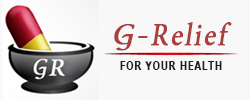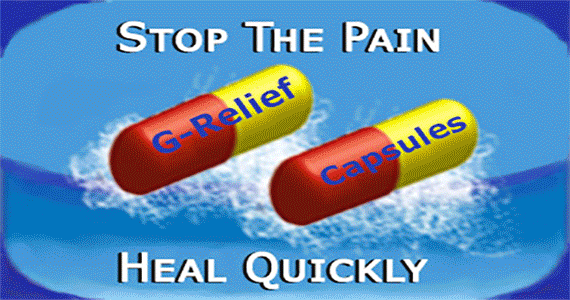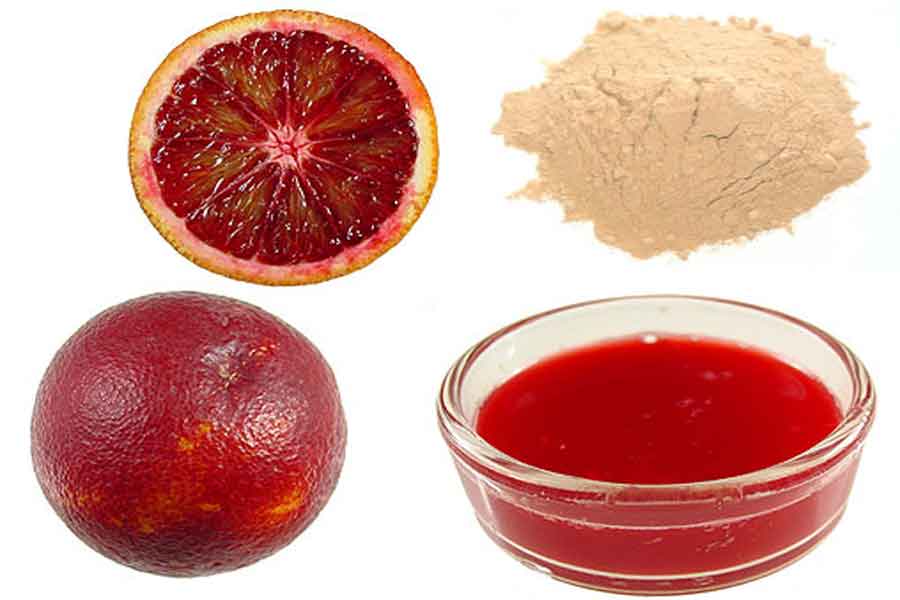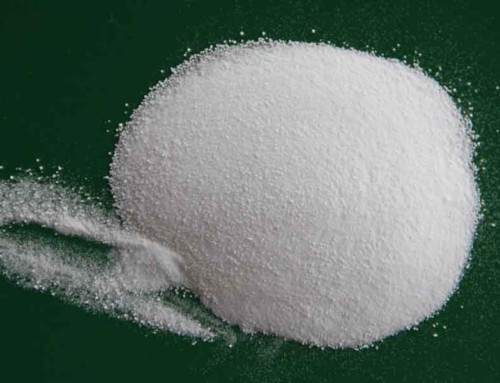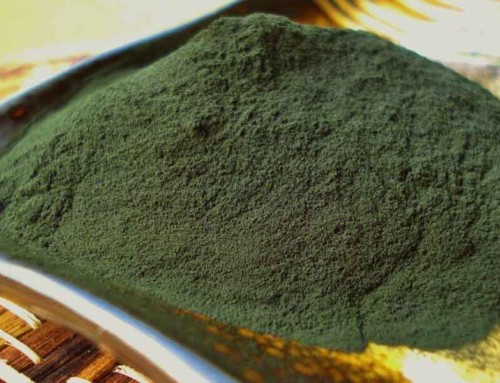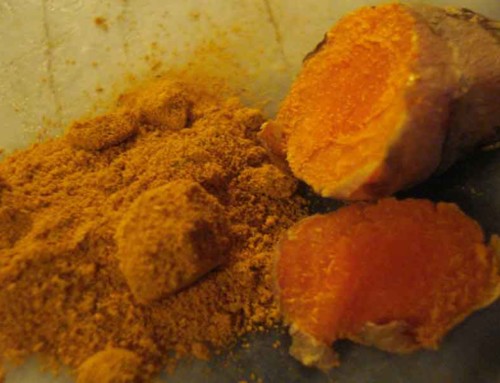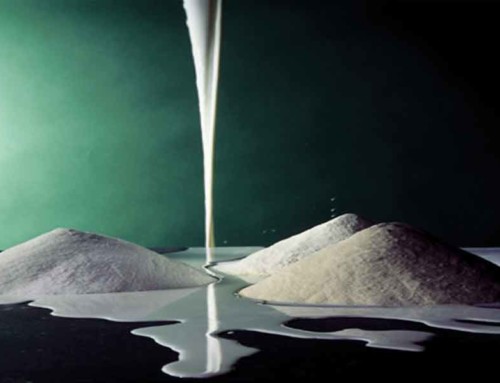Project Description
Ascorbic Acid – Vitamin C has many healing properties that it is known for in the pharmaceutical world as well as the Alternative medicine association.
Wikipedia: Vitamin C, also known as ascorbic acid, is a water-soluble nutrient found in some foods and is an essential nutrient for humans and certain other animal species. Moderately higher blood levels of vitamin C measured in healthy persons have been found to be prospectively correlated with decreased risk of cardiovascular disease and ischaemic heart disease, and an increase life expectancy. The same study found an inverse relationship between blood vitamin C levels and cancer risk in men, but not in women. Vitamin C may contribute to decreased risk of cardiovascular disease and strokes through a small reduction in systolic blood pressure, and was also found to both increase ascorbic acid levels and reduce levels of resistin serum, another likely determinant of oxidative stress and cardiovascular risk.
Pro-oxidant:
Vitamin C is found in high concentrations in immune cells, and is consumed quickly during infections. It is not certain how vitamin C interacts with the immune system. Vitamin C is a natural antihistamine. It both prevents histamine release and increases the detoxification of histamine. A 1992 study found that taking 2 grams vitamin C daily lowered blood histamine levels 38 percent in healthy adults in just one week.
Immune system:
Vitamin C is found in high concentrations in immune cells, and is consumed quickly during infections. It is not certain how vitamin C interacts with the immune system; it has been hypothesized to modulate the activities of phagocytes, the production of cytokines and lymphocytes, and the number of cell adhesion molecules in monocytes
Verified June 2010 by Cancer Treatment Centers of America.
Information provided by: Cancer Treatment Centers of America
The primary purpose of this study is to evaluate the safety and tolerability of vitamin C (ascorbic acid) given by injection into the vein.
The second and third purpose of conducting this study is to observe any evidence of tumor response to the vitamin C and compare the level of fatigue (weakness), pain control, ability to do things, and quality of life, before and after vitamin C is given.
| Official Title: | A Phase I Study of High-Dose IV Vitamin C Treatment in Patients With Solid Tumors |
clinical studies have shown that intravenous and oral doses of vitamin C may improve symptoms and prolong survival in terminal cancer patients
Information provided by: Northumbria University
Detailed Description:
The acute effect of administering vitamins has received little research attention. The exceptions are a number of studies that have observed that single doses of a variety of vitamins, including Vitamin C, E and several B vitamins,
U.S. National Library of Medicine National Institutes of Health
Phase I Evaluation of Intravenous Ascorbic Acid in Combination with Gemcitabine and Erlotinib in Patients with Metastatic Pancreatic Cancer
http://www.ncbi.nlm.nih.gov/pmc/articles/PMC3260161/ (For More Information)
CT images at the beginning and end of 8 weeks of treatment revealed that primary tumor size (target lesion) decreased in 8 of 9 subjects; was stable in the one subject who did not have a decrease; and specifically decreased in the three subjects who received the highest ascorbic acid dose. Clinically, these findings are not typical with treatment using gemcitabine alone or with gemcitabine plus erlotinib. In particular, unlike many cancer therapies, ascorbate does not appear to have toxicity on rapidly dividing normal cells such as those in intestine cells, hair follicle cells, and bone marrow. Because of the absence of apparent tissue toxicity, effects of ascorbic acid treatment on human tumors might be expected to be more gradual, and as a corollary to require longer treatment. This possibility is consistent with observations from case reports of patients who received intravenous ascorbic acid as treatment for several types of cancers
Vitamin C: A Concentration-Function Approach Yields Pharmacology and Therapeutic Discoveries
For proper clinical translation, dose concentration relationships must be accounted for in clinical studies. Tight control of ascorbate concentrations is bypassed with i.v. administration until renal excretion restores homeostasis. With i.v. administration, ascorbate is turned from vitamin to drug, as pharmacologic concentrations are produced that are as much as 100-fold higher than those possible with maximal oral dosing. Pharmacologic ascorbate, by acting as a pro-drug for H2O2 in the extracellular fluid, has potential in treatment of cancer, infectious diseases, and perhaps other conditions in which H2O2 may have efficacy. Ascorbate administered intravenously has already been tested in a phase I clinical trial, is in wide use by complementary and alternative medicine (integrative medicine) practitioners, and appears to have minimal side effects in patients who are properly screened.
http://www.ncbi.nlm.nih.gov/pmc/articles/PMC3065766/ (For more information)
